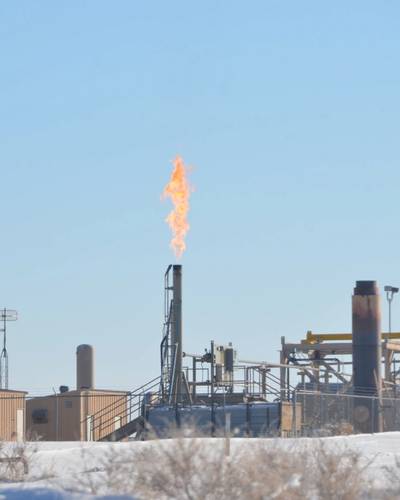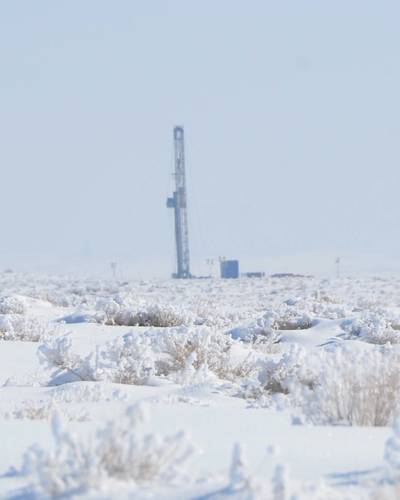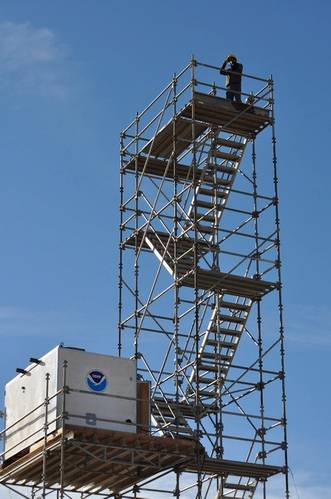Study Examines Winter Ozone Pollution in Utah O&G Fields
Chemicals released into the air by oil and gas exploration, extraction and related activities can spark reactions that lead to high levels of ozone in wintertime, high enough to exceed federal health standards, according to new NOAA-led research, published today in Nature.
The study comes at a time when new technologies are helping to accelerate oil and gas development in Utah’s Uintah Basin, elsewhere in the United States and in many other countries, and its findings may help air quality managers determine how to best minimize the impact of ozone pollution.
When ozone levels spike, Environmental Protection Agency (EPA) experts recommend that people, especially those in sensitive groups — children, the elderly, and anyone with pre-existing respiratory conditions — limit time outdoors.
Winter ozone pollution is surprising because normally, the more intense sunlight of the summer season can spark the chemical reactions that create ozone pollution, said lead author Peter Edwards, a scientist with NOAA’s Cooperative Institute for Research in Environmental Sciences (CIRES) at the University of Colorado Boulder at the time of the study, and now with University of York in England.
However, Edwards and his colleagues showed that in winter in northeastern Utah, levels of volatile organic compounds (VOCs) build high enough that they can trigger pollution-forming reactions themselves. In winter, warm air aloft can trap cold air below, creating an inversion that concentrates VOCs. The presence of snow increases light reflection and accelerates ozone production.
For instance, in 2013, ozone in Ouray, Utah, exceeded the national air quality standards 49 times during the winter season. By contrast, in the densely populated, urban area of Riverside, California, the standards were exceeded about half that amount that same year, but during the summer.
“So it’s the same starting ingredients, nitrogen oxides and VOCs, that form ozone in Riverside, but it’s a different spark in Utah in winter,” said coauthor Steven Brown, a scientist with NOAA’s Earth System Research Laboratory in Boulder, Colorado. “Under wintertime conditions, the much higher VOCs in Utah break down to make carbonyl compounds, which set off the ozone production.”
The research is based on data collected in a series of wintertime studies in Uintah Basin led by James Roberts, of NOAA’s ESRL. “We encountered a range of conditions during the three winters, from snowy in 2013 and 2014, to virtually no snow in 2012,” said Roberts. “Oil and gas emissions of VOCs were high in all three years, but high ozone occurred only in the cold, snowy stagnant periods.”
Researchers from NOAA, CIRES, and other institutions made detailed measurements of ozone and the chemical ingredients, such as VOCs and nitrogen oxides, that “cook up” into the pollutant, and they used chemical models to better understand the chemistry behind the wintertime ozone formation.
“These studies in Utah have caused us to think about air pollution chemistry a little differently,” said coauthor Joost de Gouw, a researcher with CIRES working at NOAA ESRL. “Our findings could help state and local air quality managers who are faced with ozone episodes to design policies, and industry representatives to meet air quality standards in the regions where they operate.”
Source: NOAA








